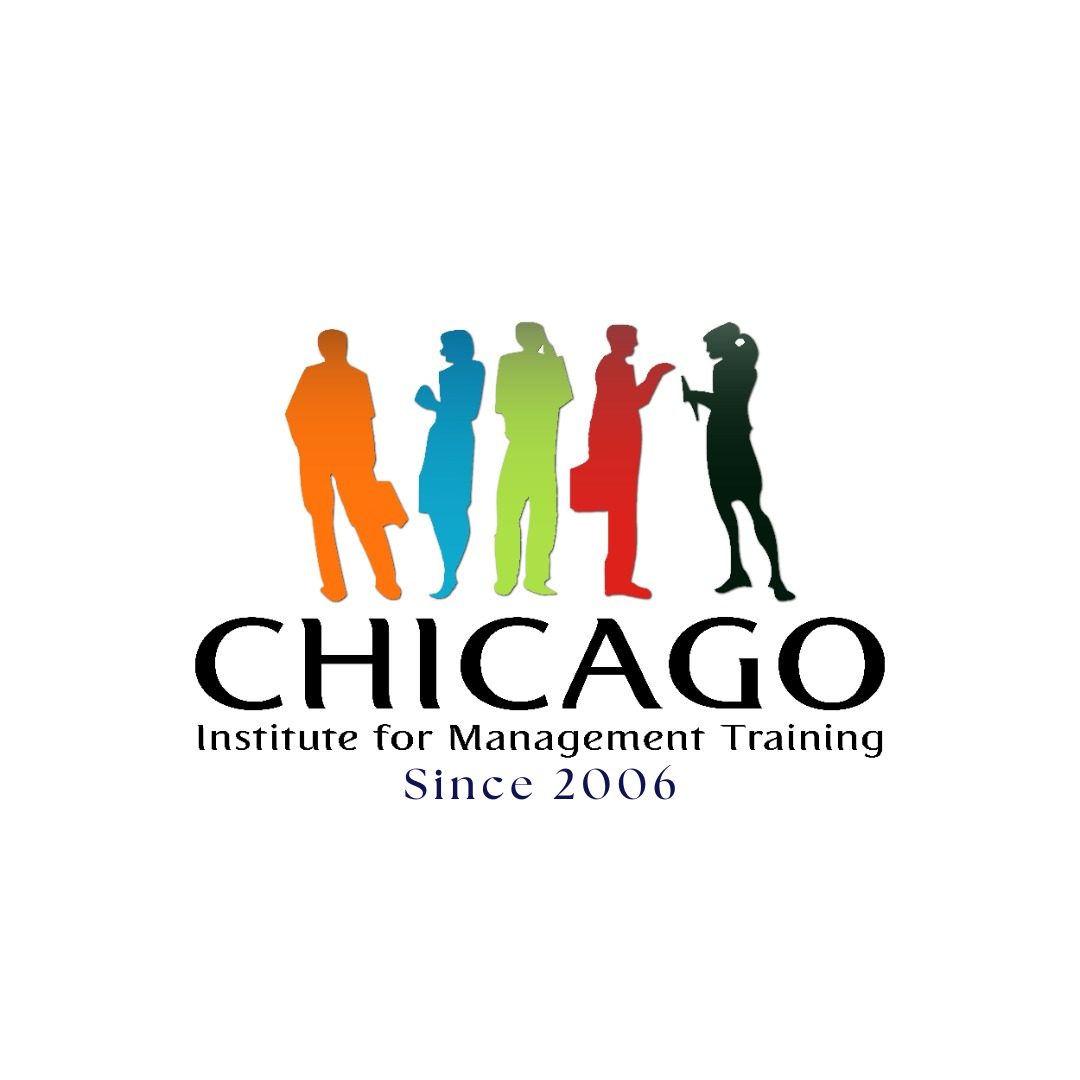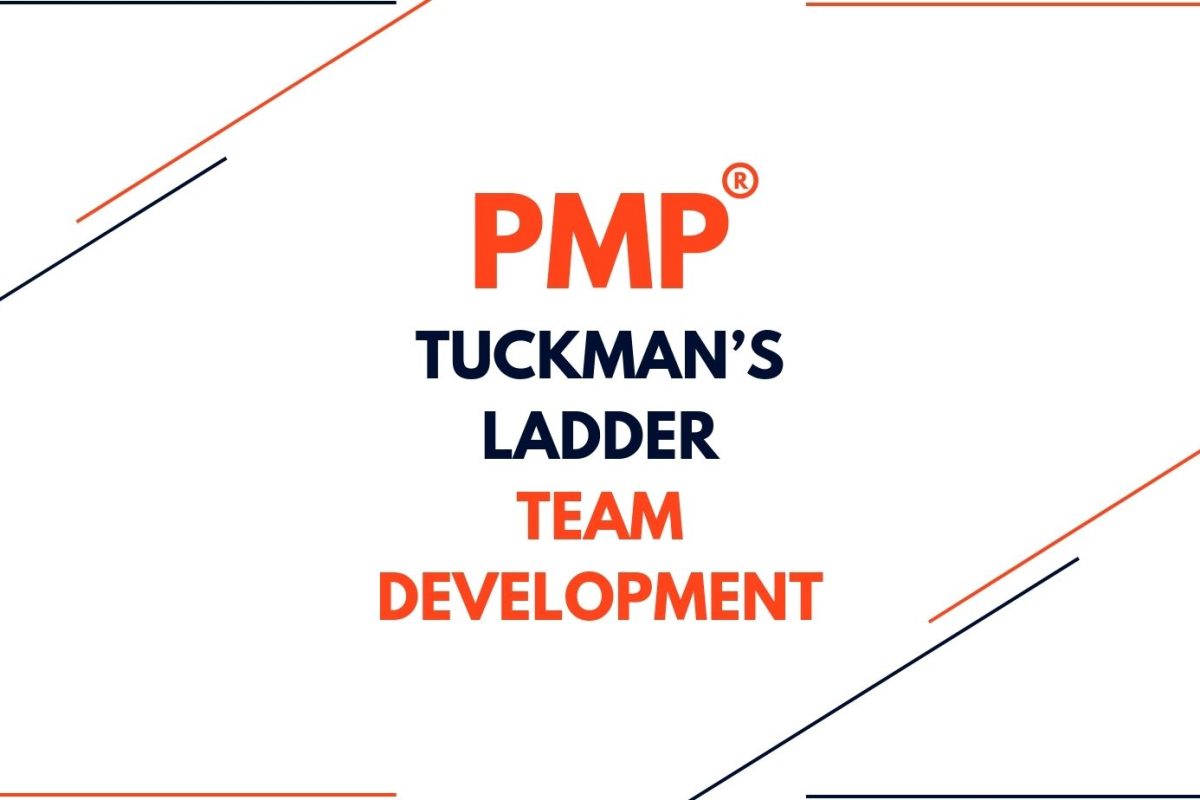The Tuckman Ladder Model is a fundamental framework in understanding team development, comprising five stages: forming, storming, norming, performing, and adjourning. This model, introduced by Bruce Tuckman in his 1965 paper “Developmental Sequence in Small Groups,” provides insight into how teams evolve, mature, and achieve high performance. This article will Explore into each stage of the Tuckman Ladder Model, provide strategies for effective leadership at each stage, and highlight real-world examples of companies that have successfully implemented this model.
The Five Stages of the Tuckman Ladder Model
1. Forming Stage
In the forming stage, team members are introduced to one another and begin to understand their roles and responsibilities. This initial phase is characterized by a high level of dependency on the leader for guidance and direction. Members tend to be polite, avoid conflict, and focus on understanding the project’s scope.
Example: At Google, new project teams start with a “forming” phase where they participate in team-building activities and establish clear roles and responsibilities. This helps set a solid foundation for future collaboration.
Strategies for Success:
- Establish clear ground rules.
- Communicate roles and responsibilities unambiguously.
- Facilitate team introductions and goal setting.
2. Storming Stage
The storming stage is often turbulent, with conflicts arising as team members express differing ideas and perspectives. Resistance to control and authority is common, and the team’s performance may dip as it struggles to navigate internal conflicts.
Example: During its early days, Apple faced significant internal conflicts within its Macintosh team. By acknowledging these conflicts and addressing them through open dialogue, the team eventually moved forward to achieve groundbreaking success.
Strategies for Success:
- Encourage open communication and constructive conflict resolution.
- Act as a mediator to resolve disputes.
- Foster an environment of trust and mutual respect.
3. Norming Stage
In the norming stage, the team begins to establish norms and cohesive relationships. Members start to resolve their differences, appreciate each other’s strengths, and collaborate more effectively. Trust and cooperation develop, setting the stage for higher performance.
Example: At Pixar, teams undergo a norming phase where they develop strong interpersonal relationships and a culture of constructive feedback, essential for their creative processes.
Strategies for Success:
- Recognize and reward individual and team achievements.
- Provide opportunities for team bonding and skill development.
- Offer constructive feedback to reinforce positive behaviors.
4. Performing Stage
The performing stage is where the team operates at peak efficiency. Roles are well-defined, processes are streamlined, and members are highly interdependent. The team functions as a cohesive unit, effectively managing tasks and addressing any challenges that arise.
Example: Amazon’s operational teams exemplify the performing stage by seamlessly coordinating complex logistics and supply chain processes, resulting in high efficiency and customer satisfaction.
Strategies for Success:
- Minimize intervention and allow the team autonomy.
- Support continuous improvement and self-organization.
- Provide ongoing feedback and development opportunities.
5. Adjourning Stage
The adjourning stage occurs when the project concludes, and the team disbands. This phase can be challenging as members transition out of their roles. It’s essential to recognize the team’s accomplishments and provide support during this transition.
Example: NASA’s project teams, such as those for space missions, undergo adjourning once the mission is completed. Celebrating successes and providing career support helps team members move on to new projects.
Strategies for Success:
- Recognize and reward both individual and team contributions.
- Offer career counseling and future opportunities.
- Celebrate the project’s success and provide closure.
Real-World Applications
Many companies have successfully implemented Tuckman’s Ladder Model to enhance team performance and achieve significant results.
- Google: Uses structured team-building exercises during the forming stage to establish clear goals and roles, fostering early cohesion.
- Apple: Navigated the storming phase by addressing conflicts directly, leading to the successful development of the Macintosh.
- Pixar: Cultivates a culture of open feedback and strong interpersonal relationships during the norming stage, essential for creative collaboration.
- Amazon: Demonstrates peak efficiency in the performing stage through well-coordinated logistics and supply chain management.
- NASA: Recognizes and celebrates team achievements during the adjourning stage, ensuring smooth transitions for team members.
Conclusion
Tuckman’s Ladder Model is an invaluable tool for understanding and facilitating team development. By recognizing the stages of forming, storming, norming, performing, and adjourning, leaders can implement strategies to support their teams through each phase. Companies like Google, Apple, Pixar, Amazon, and NASA exemplify the successful application of this model, achieving high performance and remarkable outcomes. Accept Tuckman’s framework can lead to more effective and cohesive teams, driving success in various organizational contexts.


















